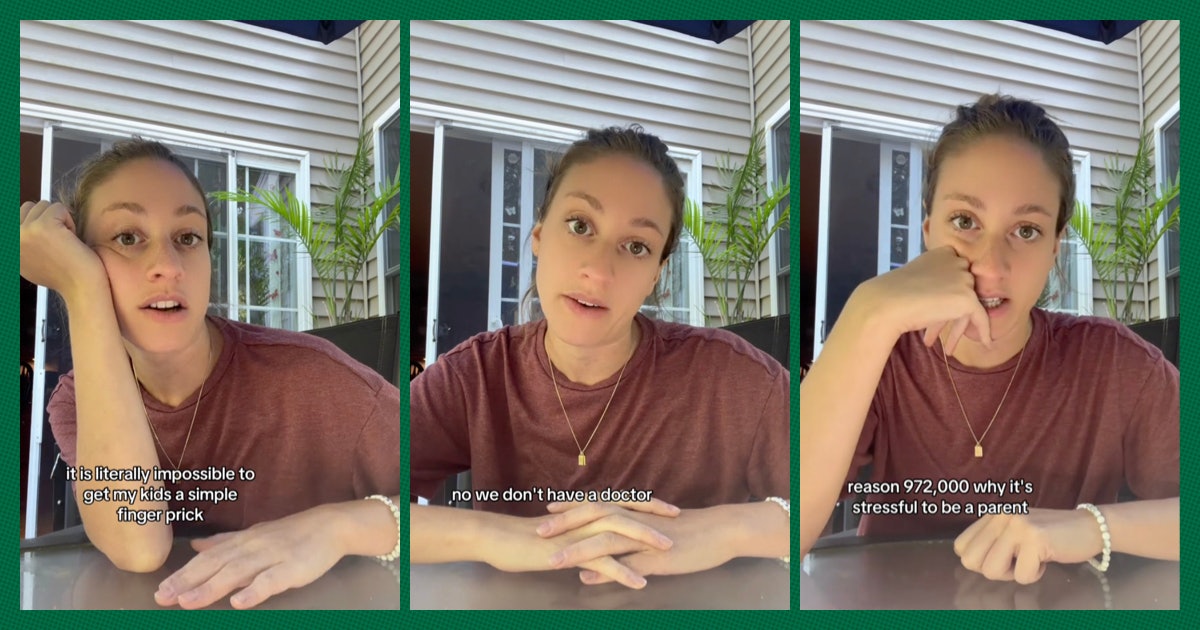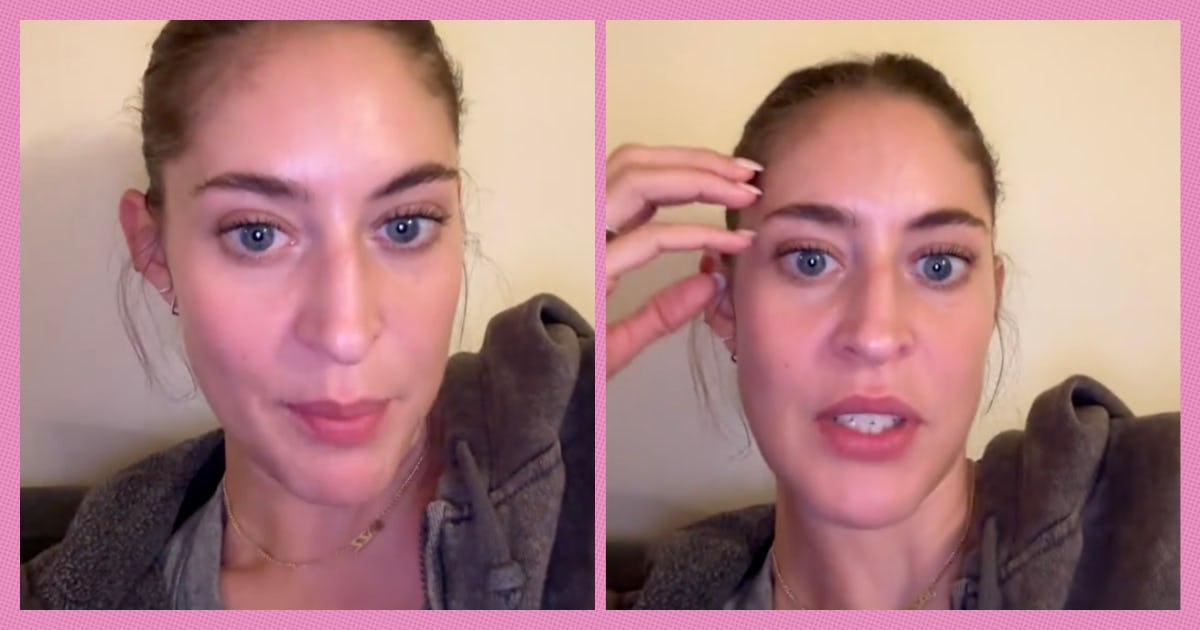Having kids is great, but sometimes taking care of them is a full-time job. We are not talking about simple care for them (even though it’s also a full-time job). We mean coordinating the things they need outside of our home: school and daycare, activities, and, of course, doctor’s appointments. Case in point: Katie, who posts as @katiebellaaf20 on TikTok, recently shared her struggles with routine state-mandated physical exams for children in daycare centers.
“There are 972,000 reasons why parenthood is stressful,” she began.
She explained that her children have been without a pediatrician since the family moved. The office Katie hopes to send her children to has a waiting list and they have been on it since April this year. This isn’t an everyday hassle: If the kids get sick, emergency care is available. However, a state directive states that they must have up-to-date lead screenings in order to attend day care. Katie called her pediatrician but was told the waiting list would last until at least November and that because her child was not a patient, the test, which is done by pricking a finger or drawing a small amount of blood from the bloodstream, could not be done. A vein. It’s a very simple process…when you can get it.
And so begins Katie’s battle – with clinics and labs across town refusing to run tests without a doctor’s order…and because Katie’s family doesn’t have one yet have Pediatricians, they couldn’t find one.
One of the many emergency rooms she called said they were “pretty sure” they could do it, but when she arrived, there was a four- to six-hour wait and no chairs.
“I have two healthy toddlers,” Katie said. “I’m supposed to be in this waiting room for four to six hours? There’s not enough room in my diaper bag!
“What should I do?” she asked. “I’ve put them on three different pediatrician waiting lists. There’s no one available to take us right now. … Putting my kids through a simple finger prick is simply impossible.
Katie isn’t the only one struggling to care for her children. According to reports, from PBS NewsOver the past few decades, there has been a steady decline in the number of medical students choosing the specialty of pediatrics. While the number of medical school graduates seeking residency training in 2024 is at a record high, the number of graduates choosing pediatrics has also seen the largest decline: a 6.1% drop, which has left nearly 30% of hospital pediatric departments with unfilled positions.
but why? Dr. Jeanine Ronan, director of the pediatric residency program at Children’s Hospital of Philadelphia, told NPR that the problem is “multifactorial” and not completely Understood.
“[Pediatrics is] This is definitely not the focus of your preclinical training until you get into a clerkship and have the opportunity to care for patients clinically,” she added. “Often, some of the unique diseases that we see in pediatrics are actually some of the really exciting aspects to me that medical students don’t learn about as early as possible. I also think that after the pandemic, pediatrics is really There’s been a change in the types of problems we’re seeing and the types of patients being admitted to the hospital…I think there’s also been some change in the experience that some people have had in pediatrics as medical students.
And, of course, there’s money: Pediatrics as a specialty pays far less than most other specialties. Dr. Sallie Permar, chief of pediatrics at Weill Cornell Medical College, tells us PBS News That’s in large part because many children are enrolled in Medicaid, which pays much less for care than Medicare does for seniors.
This is not an indictment of medical students or doctors. According to the Education Data Initiative (EDI), the average medical school debt is $264,519. (For historical perspective, EDI says that in 1978, the average U.S. medical school debt was $13,500, which would be $64,534 in 2024.) New doctors must carefully consider not only their enthusiasm and desire to help; Consider how they can help.
But what about the families who have no one to care for them? What can we do? Telemedicine is an option that has become increasingly popular since the pandemic. Local hospitals are a great resource because they will have a roster of doctors who are part of their system to help narrow the search. Urgent Care is perfectly suited for sick visits, even minor emergencies like stitches. Concierge care, while more expensive (you pay an annual fee, which ranges from $1,500 to $20,000 depending on the services you seek), allows clients to receive care more quickly (because fewer people can afford the service) few).
But sometimes, specific services like Katie’s become harder to access because of this shortage…and unfortunately, it doesn’t look like the situation will be improving anytime soon.




